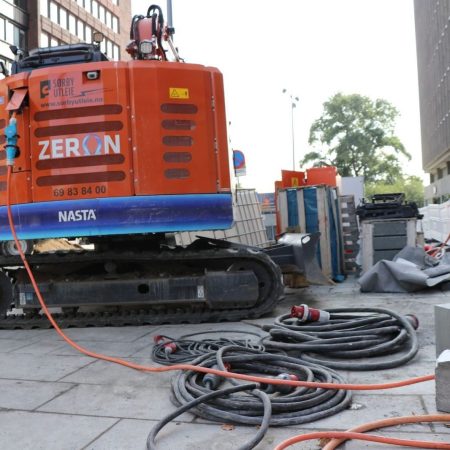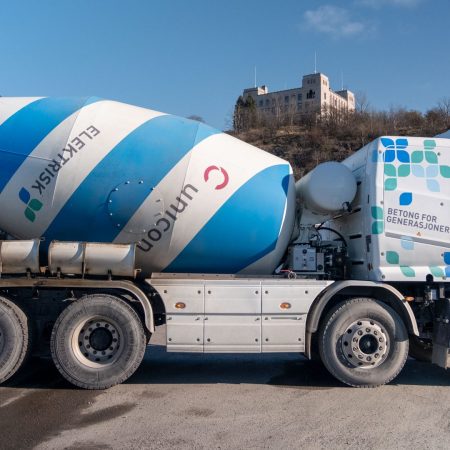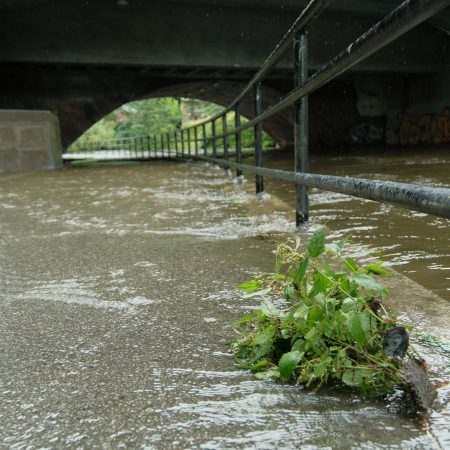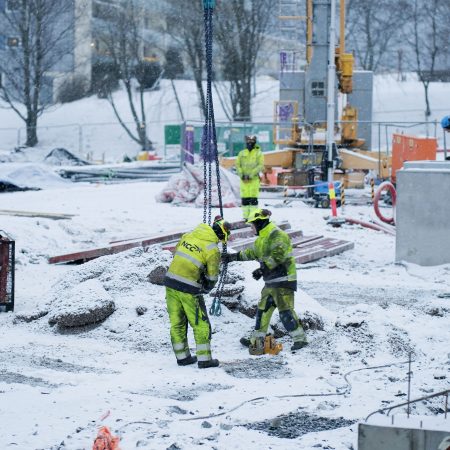Size: large
Type: image
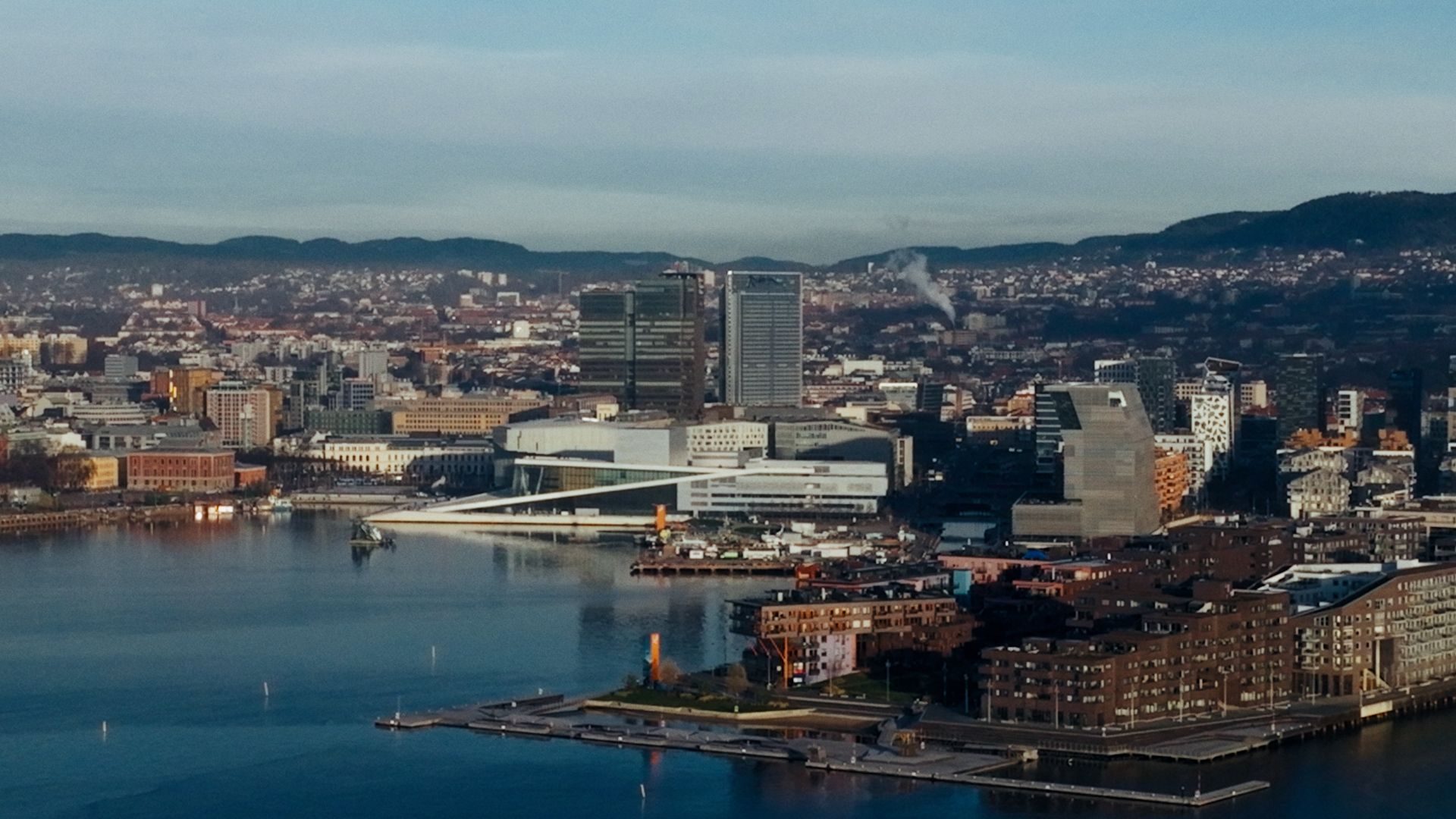
Emissions were down in all sectors, except for heating. The largest reductions were in the categories of road traffic and other mobile combustion.
The reduction of the direct greenhouse gas (GHG) emissions within the city limits was 50,893 tonnes CO2 equivalents in 2021 compared to 2020 numbers. In 2021, emissions were 1,048 million tonnes of CO2 equivalents in total.
That is a decrease of about 30 percent since 2009. This is the reference year for Oslo’s climate goal. In the City Council’s climate strategy, the goal is to cut 95 percent of the city’s direct GHG emissions by 2030.
In 2009, Oslo had a population of 575 000. The population had increased to 681 000 in 2021. This means that emissions were reduced despite a population increase of more than 100 000. For the country in its entirety, GHG emissions were down 0.7 percent in 2021.
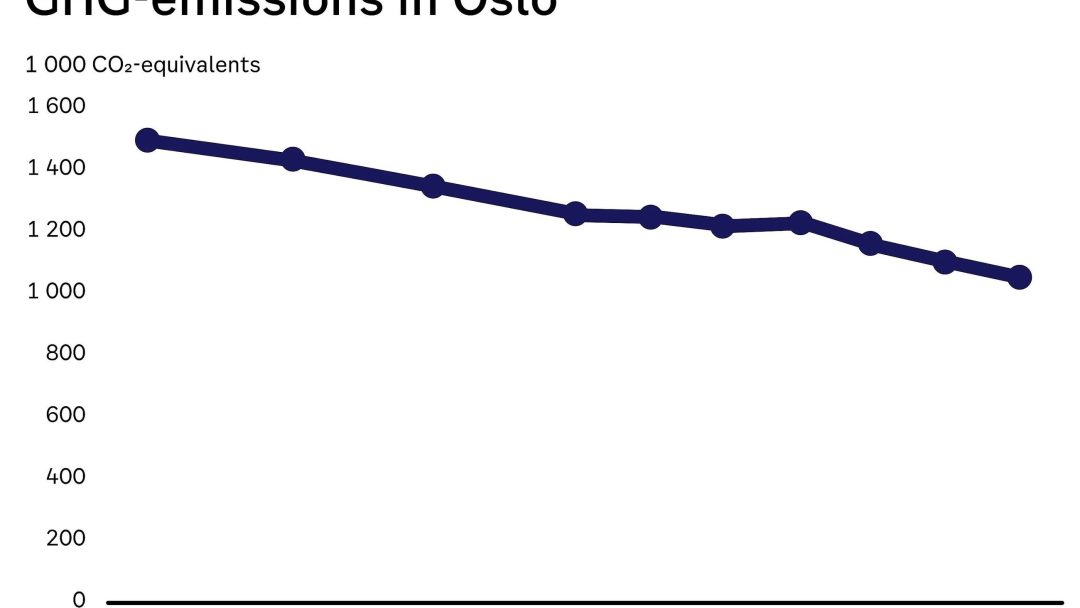
More electric vehicles and reduced emissions from landfills
Road traffic is the biggest source of GHG emissions in Oslo. In 2021, 51 percent of the city’s GHG emissions were from road traffic. For passenger cars, emissions were down 10 percent from 2020. This is due to an increased share of electric passenger cars from 20 to 27 percent. At the same time, more driving and less biofuel hindered further reductions. Emissions from heavy-duty vehicles increased in 2021. In total, emissions from road traffic were down 3.4 percent.
Other mobile combustion consists of emissions from the use of duty-free diesel fuel in construction machinery, snowmobiles and motorised equipment, as used in agriculture, forestry, etc. In this category, emissions were down by almost ten percent. In 2021, emissions from construction sites were up, but the total emissions from the sector were reduced due to lower emissions from other machinery.
Less gas was released into nature from Oslo’s decomissioned landfills in 2021 than in the year before. This contributed to a decrease of 13 percent of emissions in the sector Waste and sewage. Furthermore, less waste was incinerated for waste heat recovery, resulting in a reduction of emissions from energy supply of 4.4 percent.
Emission reductions that have not been included
The greenhouse gas emission inventory compiled by The Norwegian Environment Agency is our most important tool to monitor Oslo’s emissions. There are, however, several climate change measures taken by The City of Oslo that are not captured, or only partially captured, in the inventory. This is particularly the case in two areas:
Oslo’s work with fossil free construction sites
- The Norwegian Environment Agency calculates emissions by determining the amount duty-free diesel going to the construction sector. Emissions are then distributed to the country’s municipalities based on a database of construction sites in Norway.
- This database does not account for whether a construction site is fossil free. This means that the reductions in emissions from Oslo’s fossil free construction sites are distributed equally among all Norwegian municipalities and are not credited to Oslo.
- The City of Oslo has calculated that emissions on municipal construction sites have been reduced by 15,000 tonnes of CO2 equivalents in 2021, but this is not reflected in the greenhouse gas emission inventory of The Norwegian Environment Agency.
- The municipal-level GHG emission inventory is continuously improved.
- Some improvements have been made for this year’s publication. Such improvements affect all years back to 2009, meaning that the inventory for each year is altered. This allows for accurate comparisons of emissions from year-to-year.
- There is still a need for improving the inventory, and The Norwegian Environment Agency will continue their work in 2023.
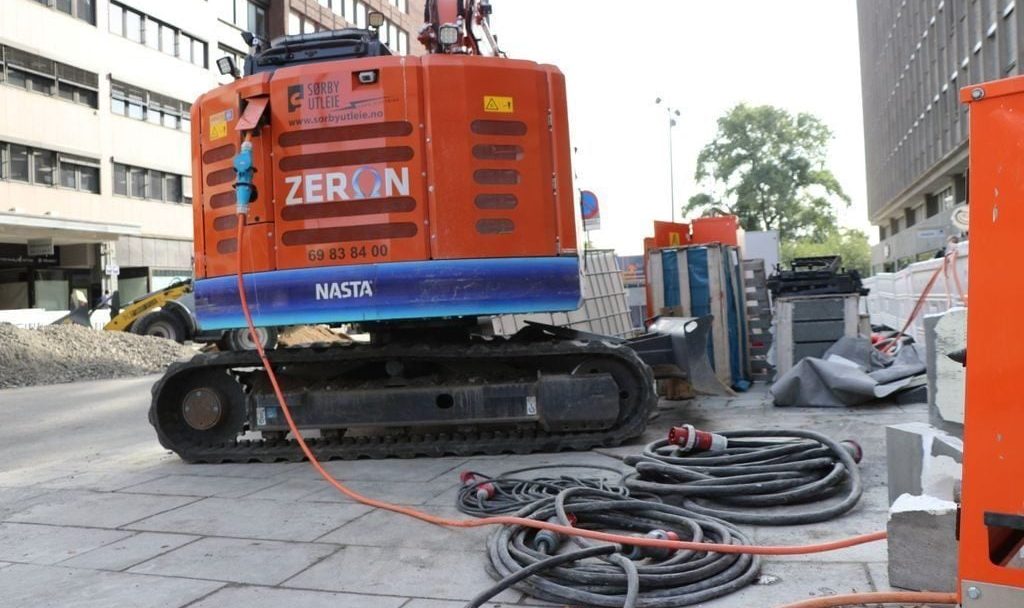
An electric excavator at work in Oslo’s city centre.
The use of biofuels
Biofuel used in Oslo’s public transport system in 2021 is not registered in the GHG emission inventory. This would also represent a reduction of 15,000 tonnes of CO2 equivalents in 2021, but is not reflected in the GHG emission inventory.
What lies ahead
The Agency for Climate has calculated that Oslo can reduce 62 percent of its emissions by 2030 with the climate change measures that have been adopted thus far. The most notable yearly reductions will occur after 2025. The carbon capture project at Klemetsrud is set to begin in 2026. The waste incineration here represents 17 percent of Oslo’s emissions, so this will be particularly noticeable in the GHG emission inventory. Several new measures that have been brought forward can take us to a 79 percent reduction if they are adopted. In order to reach the goal of 95 percent, it is necessary to strengthen the measures are already being used, while still finding new measures to lower emissions.
Read more reports and documents on Oslo’s climate action here! (english)
The City of Oslo has developed and adopted the Oslo Climate and Energy Strategy, which is in accordance with the Paris Agreement.
The target is to reduce the city’s CO2 emissions by 95 per cent by 2030, compared to the 1990 level.
The strategy is backed up by an annual Climate Budget, integrated in the city’s annual financial budget.
